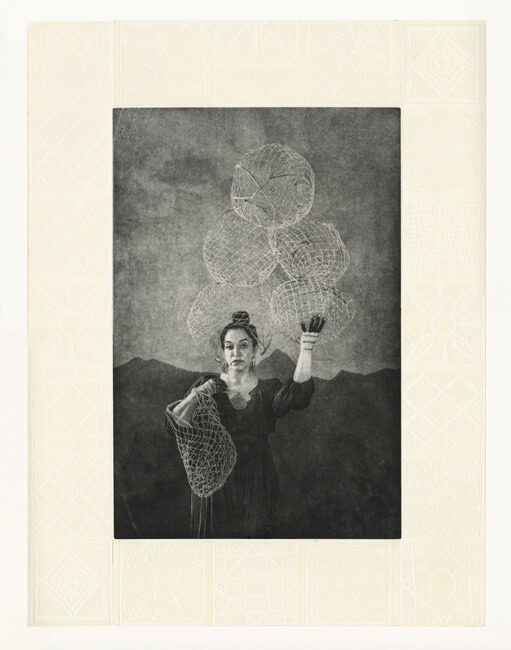Arizona photographers Sama Alshaibi and Stephen Marc, 2021 Guggenheim fellows, discuss how the program will advance their work.
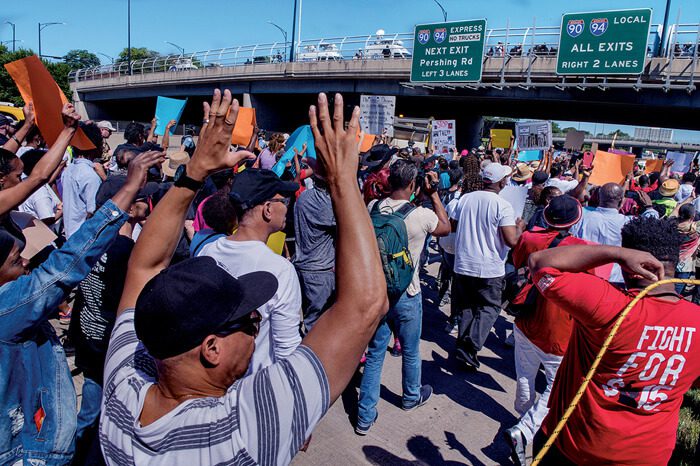
Arizona-based photographers Sama Alshaibi and Stephen Marc have been awarded 2021 Guggenheim Fellowships, giving them new opportunities to expand their noteworthy bodies of work.
Created by the John Simon Guggenheim Memorial Foundation in 1925, the fellowship program recognizes exceptional artists, writers, scholars, and scientists. Fellows receive funding to pursue projects of their choosing.
Marc is a professor of art at Arizona State University in Tempe while Alshaibi is a professor of photography, video, and imaging at the University of Arizona in Tucson.
They join a growing list of big-name Arizona photographers who’ve received a Guggenheim Fellowship, which includes Liz Cohen, Mark Klett, Betsy Schneider, David Taylor, and Frank Gohlke. Previous nationwide recipients include photographers Ansel Adams, Diane Arbus, Robert Frank, Dorothea Lange, and Cindy Sherman.
Both Alshaibi and Marc have fascinating biographies that figure heavily in their creative practices and the work they’ll be creating with fellowship funding.
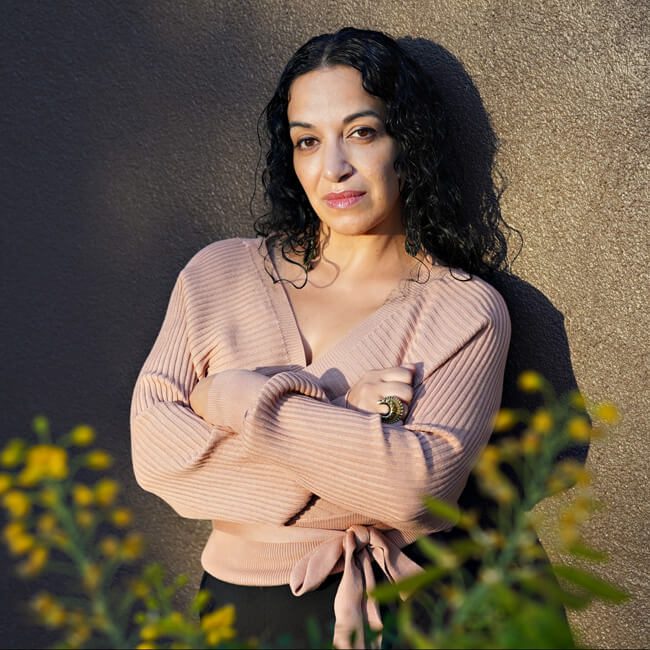
Alshaibi was born in Basra, Iraq, in 1973 to a Palestinian mother and Iraqi father. Her work exploring the impacts of displacement, migration, and war is centered around Arab women and children.
Born in 1954, Marc grew up on the south side of Chicago, and says competitive experiences, from running track and field to playing darts, inform his approach to photography, which includes talking with people from a wide range of backgrounds.
Both artists say they’ve applied for the competitive fellowship before. Typically, there are approximately 3,000 applicants each year, according to the Guggenheim Foundation, and only a small number are selected following a rigorous peer review process.
Marc says the fellowship funding will help advance a project he’s already started, which combines straight photography and montage imagery. He’s creating a follow-up to his 2020 book American/True Colors, which features photographs of events and everyday situations taken across the country during the Barack Obama and Donald Trump years. He’d hoped to create a more playful work, but says the project has taken an unexpected turn.
“The climate of the country necessitates me breaking away from that,” Marc says. “Now the work will be more political than I originally thought.” As part of the process, he’ll travel across the United States talking to people and documenting the sights, continuing his ongoing homage, update, and critique of iconic works including Robert Frank’s 1958 book The Americans.
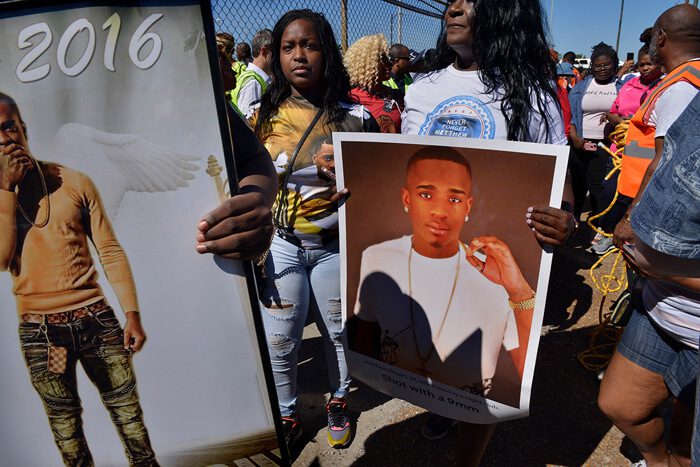
Marc has described his work as an extended exploration of the African diaspora. His creative practice documents and interprets history with a focus on the African American experience, including the Underground Railroad. In 1992, he authored the photography book The Black Trans-Atlantic Experience: Street Life and Culture in Ghana, Jamaica, England, and the United States.
“Being an African American photographer impacts how I see the country and how the country sees me,” Marc says.
As part of her fellowship, Alshaibi will travel to Iraq, where she’ll explore the impacts of political, social, and cultural factors on the rights of Iraqi women, especially in the aftermath of U.S. military campaigns in Iraq. “The invasion completely destabilized Iraq,” she says. “It has enshrined women’s trauma.”
Like her ongoing body of work, the new project will address the ways some voices are elevated in mainstream culture while others are not.
“Iraqis and Palestinians are not depicted in the media, whether popular films or newsprint, which means people aren’t seeing the complexity and totality of their experiences,” she says. “I’ve tried to explore that through the body, using myself as the protagonist.”
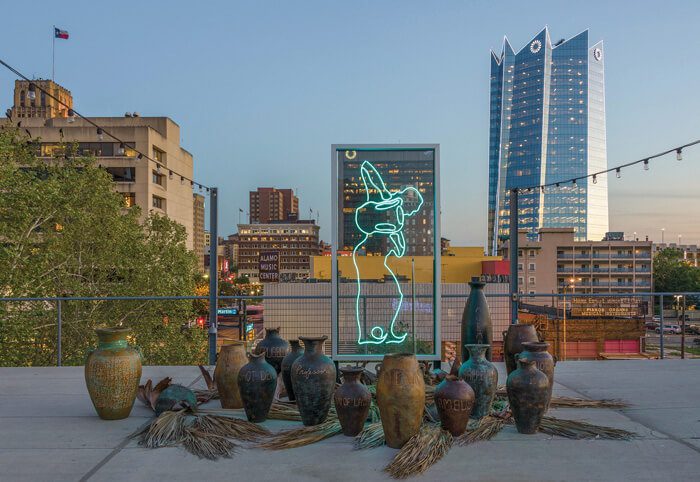
For her Silsila series, Alshaibi used photography, video, and sculptural installations to “probe the human dimensions of borders and environmental demise.” Now, Alshaibi says she’ll explore what public space without women looks like—and how to photograph absence.
“I’m thinking about how to take non-narrative documents like constitutions and police reports and create narratives out of them,” she explains. “It’s really interesting to trouble and complicate the ways we think about text and images.”
Several additional creatives based in the Southwest were named Guggenheim fellows this year, including poet Connie Voisine in New Mexico and writer Jessica Cohen in Colorado. Texas-based awardees include filmmaker Annie Silverstein, poet Roberto José Tejada, and photographers Suzanne Bloom and Ed Hill.
Both Marc and Alshaibi hope to exhibit the work they’re creating through the Guggenheim Fellowship, but for now they’re focused on moving their projects forward, even as they relive the moment that they first found out they’d been selected.
Marc remembers feeling “relieved” after spending more than four decades teaching photography at Chicago’s Columbia College and ASU in Tempe. “I had just gotten accustomed to the idea that I would never get it,” he says. “It’s wonderful in terms of a level of validation or recognition of the work.”
For Alshaibi, the news prompted memories of taking her first undergraduate photography class, where Marc was the instructor and she first learned to use Photoshop. “It’s really special,” she says, “that we received the Guggenheim Fellowship in the same year.”
